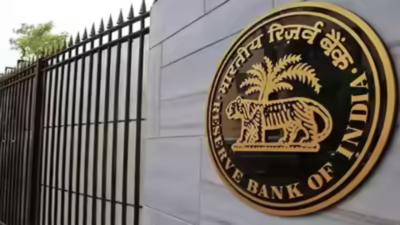RBI Tightens AIF Investment Norms
The Reserve Bank of India (RBI) has introduced new regulations capping investments by banks, NBFCs, and All-India Financial Institutions in any Alternative Investment Fund (AIF) scheme at 10% of the corpus. This significant move aims to mitigate risks and ensure financial stability.
Collective Investment Limit Set at 20%
Furthermore, the RBI has stipulated that the total contributions from all regulated entities (REs) in a single AIF scheme must not exceed 20% of the scheme's corpus. This collective limit is designed to prevent overexposure of financial institutions to high-risk investments.
Enhanced Risk Controls and Provisioning
In a bid to tighten risk controls, the RBI mandates 100% provisioning in specific scenarios where an RE's contribution exceeds 5% of an AIF scheme's corpus, and the scheme has downstream investments in a debtor company of the RE. This measure ensures that REs maintain adequate provisions against potential losses.

Exemptions and Future Directions
The RBI also mentioned the possibility of granting exemptions to certain AIFs from these regulations, in consultation with the Centre. This flexibility allows for adjustments based on evolving market conditions and stakeholder feedback.









Comments